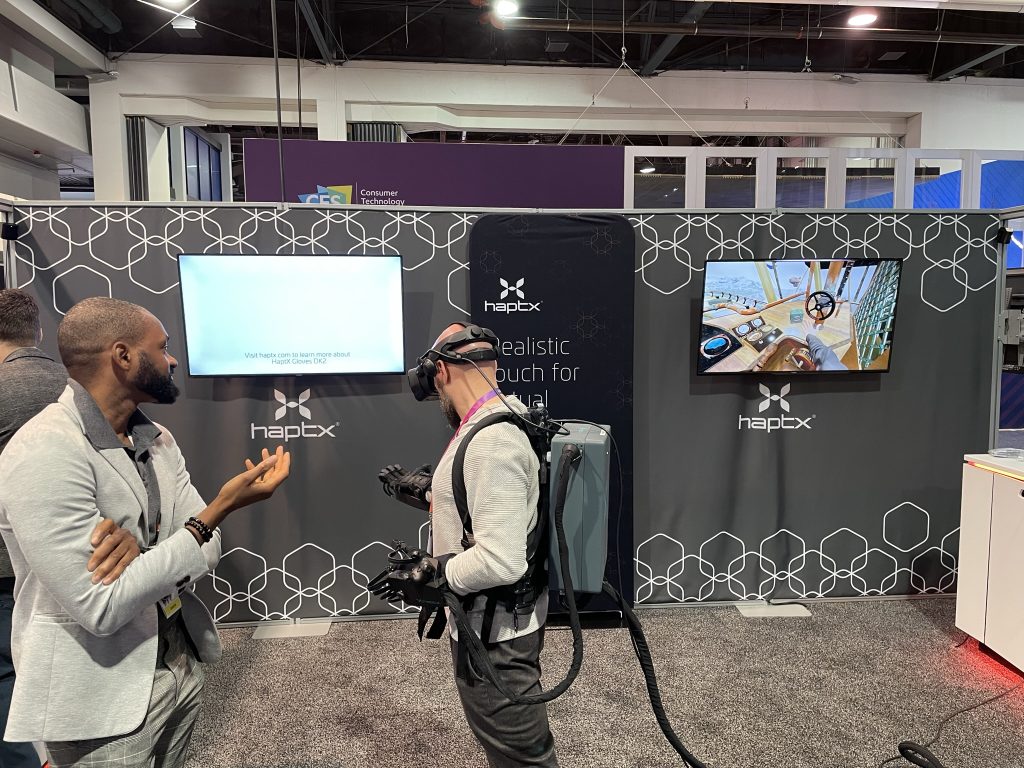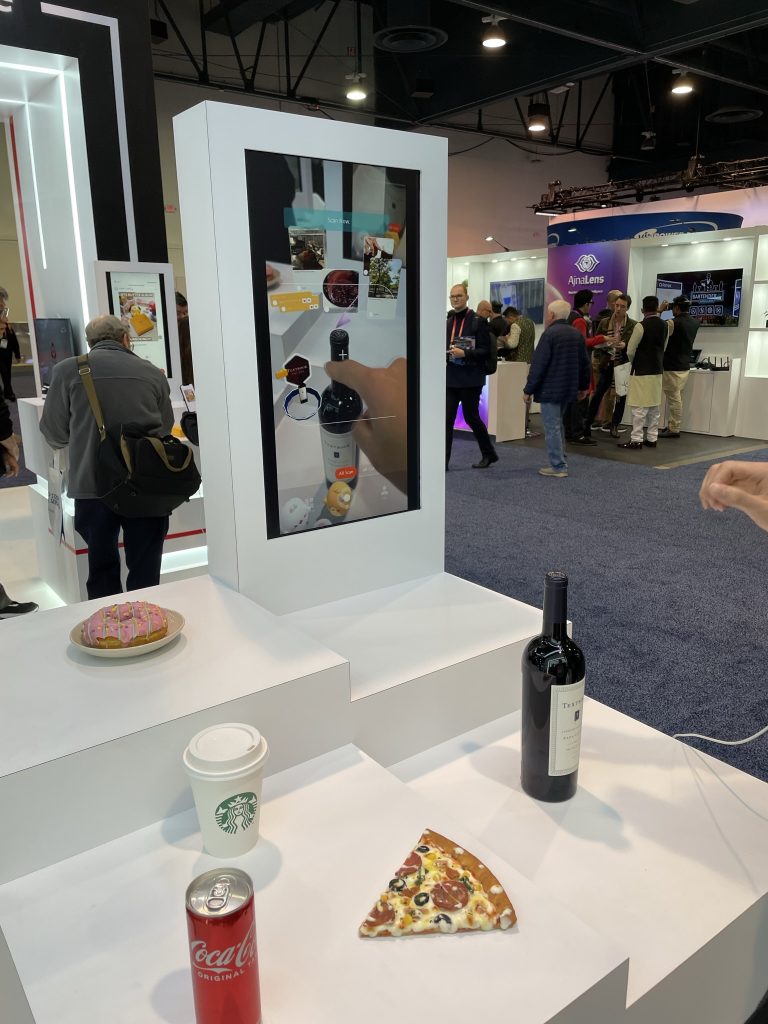Around the beginning of each new year, we like to take the opportunity to look back and summarize the XPRT highlights from the previous year. Readers of our newsletter are familiar with the stats and updates we include each month, but for our blog readers who don’t receive the newsletter, we’ve compiled some highlights from 2022 below.
Benchmarks
In the past year, we released WebXPRT 4, and the CloudXPRT v1.2 update package.
XPRTs in the media
Journalists, advertisers, and analysts referenced the XPRTs thousands of times
in 2022. It’s always rewarding to know that the XPRTs have proven to be useful
and reliable assessment tools for technology publications around the world.
Media sites that used the XPRTs in 2022 include AnandTech, Android Authority, Benchlife.info
(China), BodNara (South Korea), ComputerBase (Germany), DISKIDEE (Belgium),
eTeknix, Expert Reviews, Gadgets 360, Hardware.info (The Netherlands), Hardware
Zone (Singapore), ITC.ua (Ukraine), ITmedia (Japan), Itndaily.ru (Russia), Notebookcheck,
PCMag, PC-Welt (Germany), PCWorld, TechPowerUp, Tom’s Guide, TweakTown, and
ZOL.com (China).
Downloads and
confirmed runs
In 2022, we had more than 10,800 benchmark downloads and 183,300 confirmed runs.
Users have run our most popular benchmark, WebXPRT, more than 1,135,500 times since
its debut in 2013! WebXPRT continues to be a go-to, industry-standard
performance benchmark for OEM labs, vendors, and leading tech press outlets around
the globe.
XPRT media, tools, and publications
Part of our mission with the XPRTs is to produce tools and materials that help testers better understand the ins and outs of benchmarking in general and the XPRTs in particular. To help achieve this goal, we published the following in 2022:
- an updated version of the WebXPRT 4 results viewer tool
- the Exploring WebXPRT 4 white paper
- the WebXPRT 4 results calculation and confidence interval white paper
- a new XPRTs around the world infographic
We’re thankful for everyone who used the XPRTs, joined the community, and sent questions and suggestions throughout 2022. We’re excited to see what’s in store for the XPRTs in 2023!
Justin















